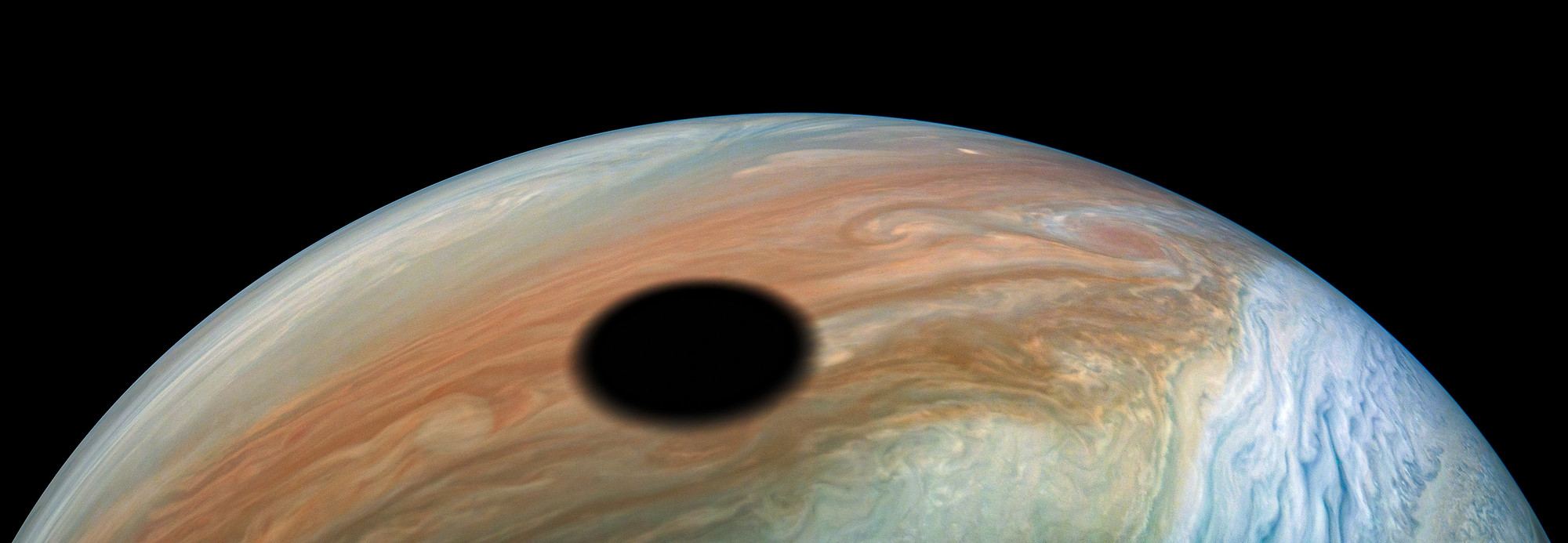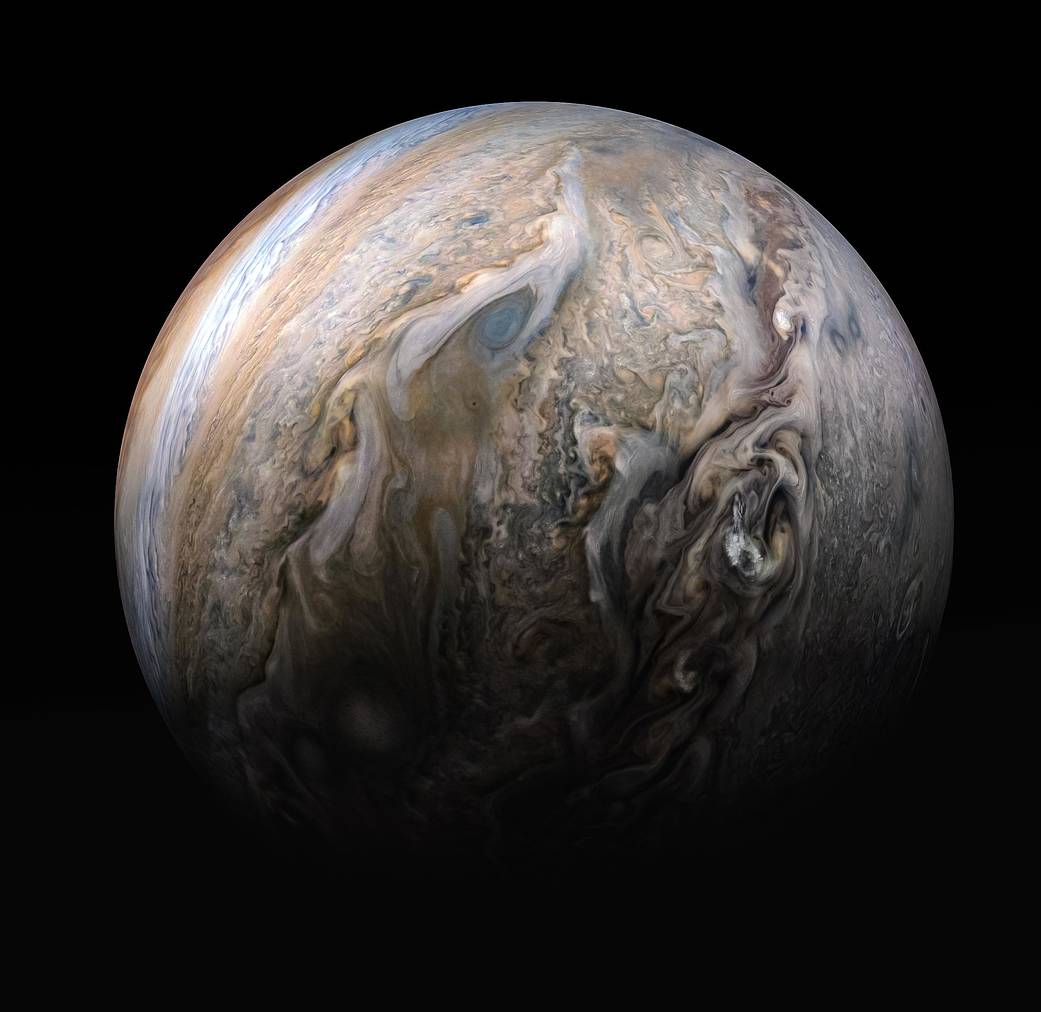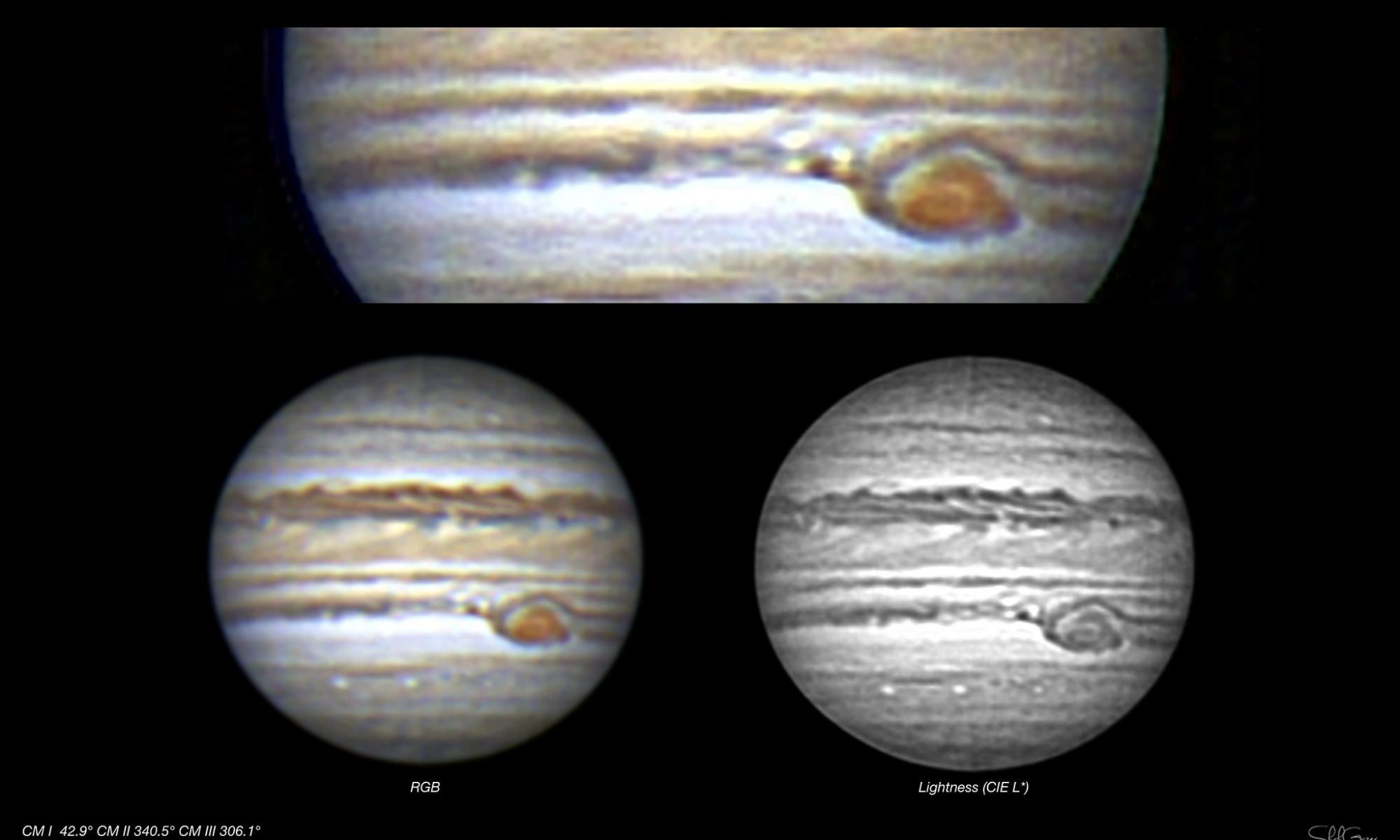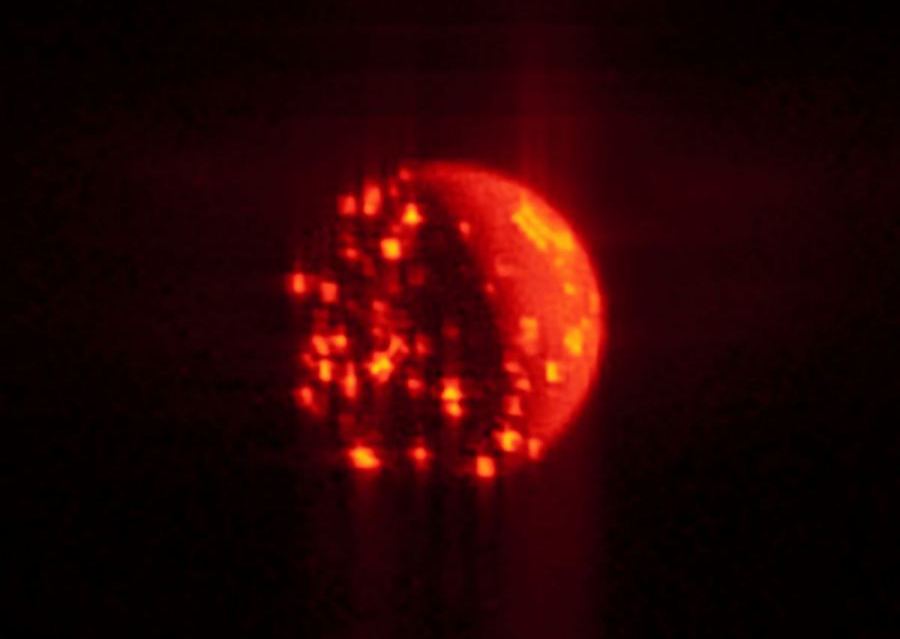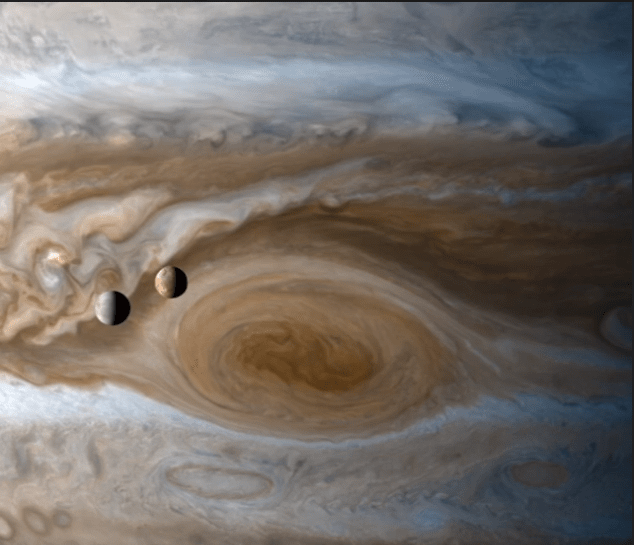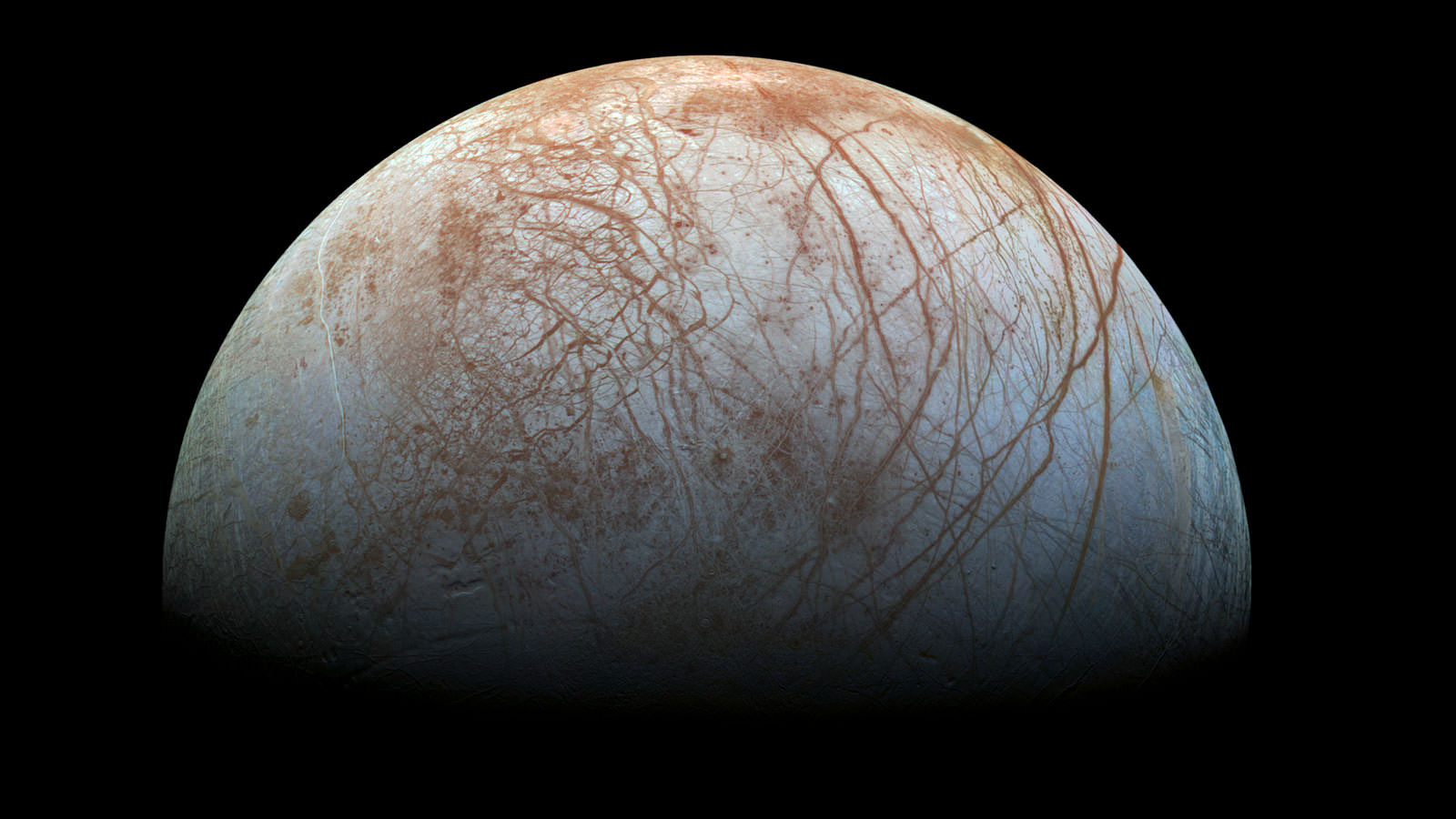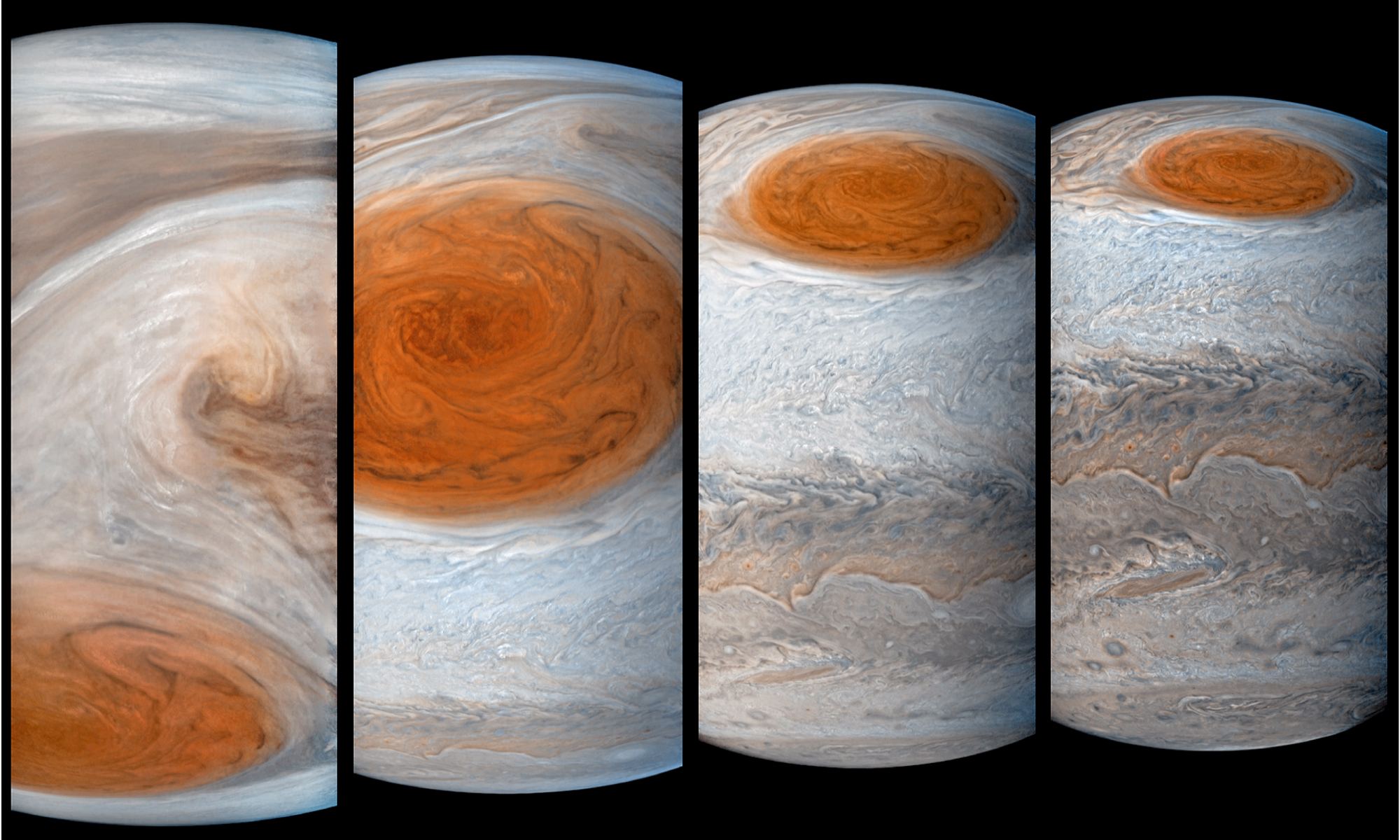The JunoCam onboard NASA’s Juno spacecraft continues to provide we Earthbound humans with a steady stream of stunning images of Jupiter. We can’t get enough of the gas giant’s hypnotic, other-worldly beauty. This image of Io passing over Jupiter is the latest one to awaken our sense of wonder.
This image was processed by Kevin Gill, a NASA software engineer who has produced other stunning images of Jupiter.
Continue reading “Yes, This is Actually the Shadow of Io Passing Across the Surface of Jupiter.”
